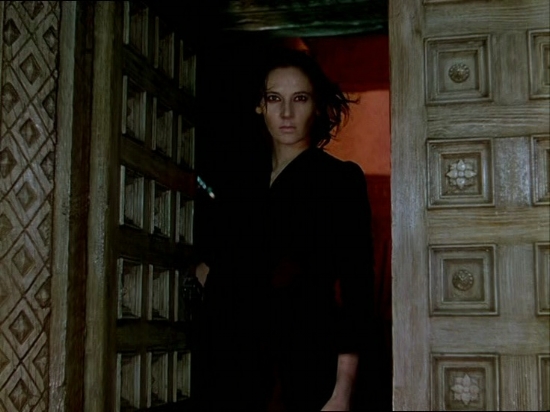My Starring Role in the Primary School Play: ‘Listening Isn’t the Same as Waiting to Speak’
The other day I came across a photo of myself on stage when I was at primary school.
I was playing the Mayor in a musical called ‘Edelweiss’ which we performed in front of the local old folks’ home. There I am in my velvet jacket, medal of office and tricorn hat, executing a vibrant dance number flanked by my chums Paul and Arthur. There’s a rather impressive backdrop of snowy mountains, fir trees and flowers. And a good few of my classmates are arrayed across the stage in their Alpine gear - looking somewhat disinterested.
I recall there was also a rom-com element to the show. This entailed me singing a song to fellow pupil Tracey.
‘Oh, I love your eyes of blue and I love your kisses too.
But most of all I love your custard pies.’
Given that pies and custard are two of my favourite things, this refrain could well have been written for me.
The curious thing about ‘Edelweiss’ is that I don’t recall anything about the plot, the cast or the other characters. I just remember my starring role.
In his splendid autobiography, ’The Moon’s a Balloon,’ David Niven tells a story of his early years as a struggling actor in Hollywood. He’d just played a small part in the 1938 romantic comedy ‘Bluebeard’s Eighth Wife,’ and Charlie Chaplin was attending a private screening. After the movie Niven was gratified to receive compliments from those in attendance, but he was particularly keen to hear what the great man thought of his performance. Chaplin paused for a moment.
John Springer Collection | Credit: Corbis via Getty Images
‘Don’t be like the great majority of actors… Don’t just stand around waiting for your turn to speak – learn to listen.’
Niven took Chaplin’s criticism on the chin, and indeed felt it ‘constituted the greatest advice to any beginner in my profession.’
I’m sure that’s true. So often we see actors on stage or screen that seem disengaged from the other characters around them, or indeed from the scene they’re performing in. They’re just waiting for the moment when they get to deliver their lines.
I think this is the case in commerce too. I recall being told once that we all go into a business meeting with a fair idea of the amount that we are likely to say. Juniors will speak seldom, but will hope to play a significant supporting role. Middle ranking people will say a good deal, sustaining the bulk of the agenda. And they will vie with each other to dominate the speaking parts. Senior people will talk less, but will swing in towards the end with illuminating wisdom and definitive conclusions.
If we go into a meeting already understanding the role we’re about to perform, what are the chances we also know the lines we’re going to deliver?
Despite the fact that nowadays we are endlessly encouraged to be active listeners, I suspect that most of us still struggle to attend to the other participants in our meetings. They’re holding us up, distracting our attention, delaying the moment when we’ll deliver our pithy analysis, our penetrating insight.
Too often life is a drama in which we’re only interested in one of the characters. Surely we’d make a bigger impact, and enjoy ourselves a good deal more, if we paid proper attention to the other roles that populate our play, to the plot that drives it and the themes that sustain it. As Chaplin observed, listening is the key to a great performance. And listening isn’t the same as waiting to speak.
On reflection, I’m not sure the Mayor was the starring role in ‘Edelweiss.’ It was probably just a bit part.
'Why fool yourself?
Don't be afraid to help yourself.
It's never too late, too late to
Stop, look,
Listen to your heart, hear what it's saying.
Stop, look,
Listen to your heart, hear what it's saying.
Love, love, love.’
The Stylistics, ‘Stop-Look-Listen’ (J Abbott / T Bell / G Black / L Creed / C David)
No. 297



